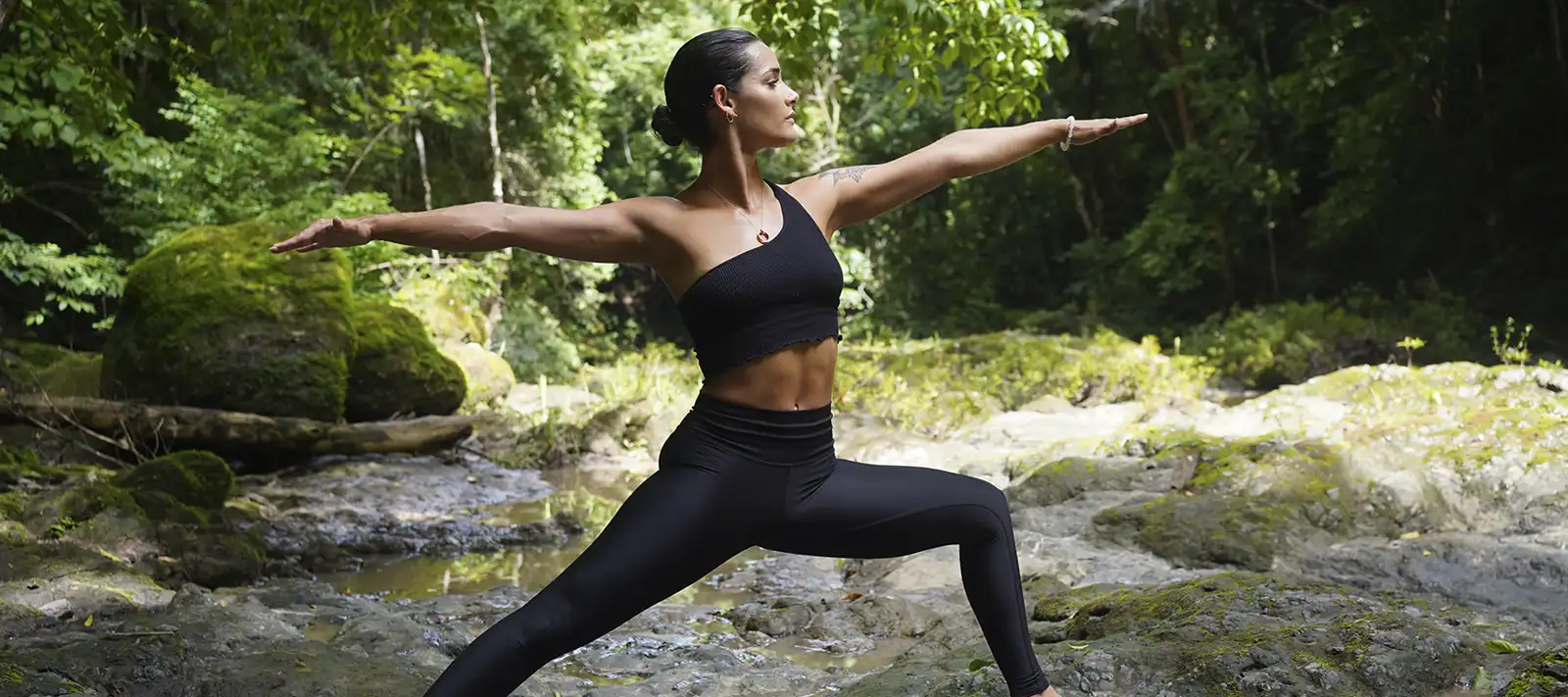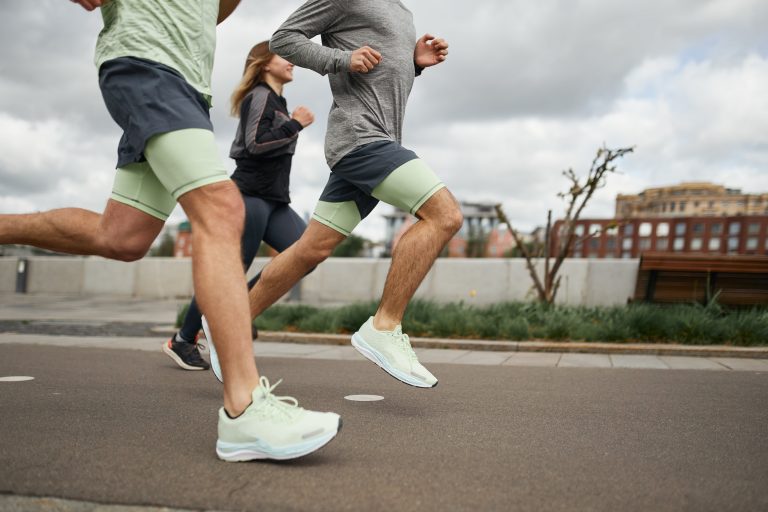Are you tired of feeling stiff and inflexible, as if your body is resisting every movement you make? Yoga might just be the transformative practice you’ve been searching for to enhance your flexibility and overall well-being. Originating from ancient India, yoga has been practiced for thousands of years and is renowned for its ability to improve physical and mental health. One of the most sought-after benefits of yoga is its remarkable impact on flexibility, helping practitioners move with greater ease and grace. In this blog post, we’ll explore how yoga can increase your flexibility, discuss specific poses that target tight muscles, and provide tips for integrating yoga into your daily routine to achieve lasting results. Whether you’re a beginner or looking to deepen your practice, this guide will help you unlock a more flexible and resilient body through the power of yoga.
The Science Behind Flexibility
Flexibility refers to the range of motion in a joint or group of joints, and it plays a crucial role in overall physical health. Stretching muscles and tendons increases blood flow, reduces stiffness, and enhances performance. Regular practice of yoga can improve flexibility by lengthening the muscles, thereby reducing the risk of injuries.Key Yoga Poses for Flexibility
To enhance flexibility, incorporate these yoga poses into your routine:1. Downward-Facing Dog (Adho Mukha Svanasana)
This foundational pose stretches the hamstrings, calves, and shoulders.
1. Begin on hands and knees, wrists aligned with shoulders.
2. Tuck toes, lift hips towards the ceiling.
3. Keep feet hip-width apart, and press heels towards the ground.
4. Hold for 5-10 breaths.
2. Cobra Pose (Bhujangasana)
Cobra pose strengthens the spine and stretches the chest and shoulders.
1. Lie on your stomach, legs extended.
2. Place hands under shoulders, elbows close to the body.
3. Inhale, lift chest off the ground, keeping elbows slightly bent.
4. Hold for 15-30 seconds.
3. Seated Forward Bend (Paschimottanasana)
This pose stretches the spine, shoulders, and hamstrings.
1. Sit with legs extended, feet flexed.
2. Inhale, lengthen spine, and reach arms overhead.
3. Exhale, hinge at hips, and reach for feet or shins.
4. Hold for 30-60 seconds.
Creating a Balanced Yoga Routine
A balanced yoga routine should incorporate various poses targeting different muscle groups. Here’s a sample weekly schedule:- Monday: Focus on hip openers and hamstring stretches.
- Wednesday: Incorporate backbends and shoulder openers.
- Friday: Work on core strength and balance poses.
- Sunday: Combine restorative poses for relaxation.
Tips for Enhancing Flexibility
Follow these tips to maximize your flexibility gains:Consistency is Key
Regular practice is essential. Aim for at least three sessions per week.Warm-Up Properly
Start with dynamic stretches or light cardio to prepare muscles for deeper stretching.Listen to Your Body
Avoid pushing past discomfort. Flexibility improves gradually, so be patient.Use Props
Blocks, straps, and blankets can assist in achieving correct alignment and deeper stretches.Breathing Techniques to Enhance Flexibility
Breathing plays a significant role in yoga, promoting relaxation and deeper stretches. Practice these techniques:Ujjayi Breath
This breath control technique increases oxygen flow and calms the mind.
1. Inhale deeply through the nose, filling the lungs.
2. Exhale slowly, constricting the back of the throat.
3. Maintain a steady rhythm throughout the practice.
Diaphragmatic Breathing
Encourages full oxygen exchange, reducing tension in the body.
1. Place one hand on the chest, the other on the abdomen.
2. Inhale slowly through the nose, allowing the abdomen to rise.
3. Exhale through the mouth, feeling the abdomen fall.
4. Repeat for 5-10 minutes.





